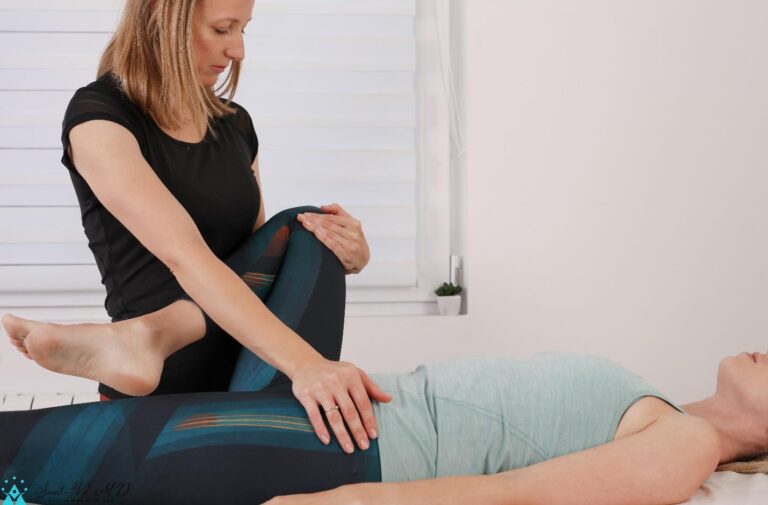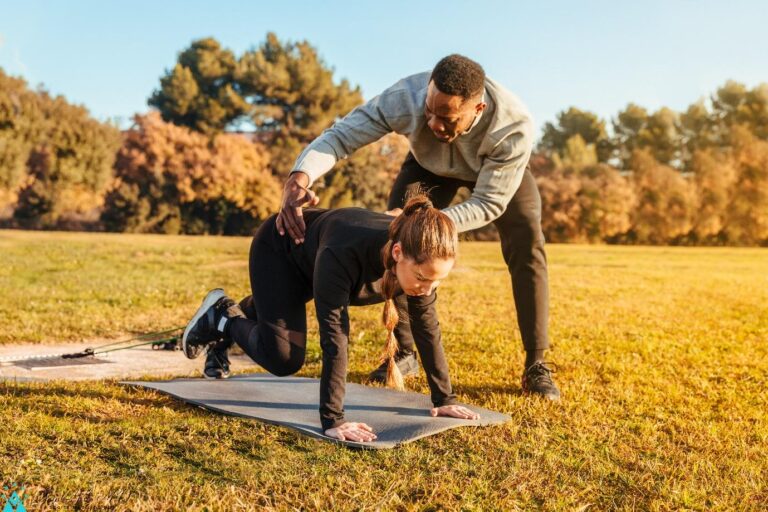
Best Tips to Exercise Safely During Cold Weather
Winter is not a reason to stop exercising. In fact, staying active during winter may help reduce the risk of seasonal ailments and boost immunity. However, winter also poses some challenges. These issues are not insurmountable. Instead, they just require taking some additional steps to stay safe. With proper measures, some may even find exercising in winter more pleasurable, as one tends to sweat less in cold weather.
There are a few ways in which cold weather poses certain health risks. Like, during cold weather, there is a risk of hypothermia and a greater risk of catching certain seasonal infections. In addition, there is an increased risk of falls when it is freezing outside.
Further, low temperatures may cause some discomfort and thus discourage people from exercising. However, with proper measures & gear, exercising in winter is safe and can be enjoyable.
Know how to exercise when living with certain health conditions
During winter, people must practice additional precautions when living with certain health conditions, especially chronic respiratory health issues like asthma and COPD. In many, exposure to cold air may cause worsening of the symptoms.
Similarly, those with cardiovascular issues must also be cautious, as the cardiovascular system may respond differently to increased physical stress during the cold season.
Some individuals may be living with conditions that worsen only during chilly days, like Raynaud’s disease, and such individuals also need to take precautions.
Here it is vital to understand that above mentioned health conditions are not a contradiction to exercise, but one may take extra measures to protect health.
Keep track of the weather
It is especially vital if you are planning to participate in outdoor activities. This will help you decide whether to continue with a workout or what kind of clothes to wear. Remember that though this tip may sound pretty simple and logical, neglecting the weather prognosis is among the leading causes of preventable health harm.
When considering the weather, pay attention to factors like wind speed, moisture level, etc. In addition, many weather channels would mention the outside temperature and also say what it feels like. Sometimes, the outside temperature may be just close to freezing, yet it may feel minus 10 degrees Celsius (14 F).
Similarly, you are more likely to freeze in wet weather than in dry weather.
Learn to identify early signs of hypothermia and frostbite
These conditions can be life-threatening. Hypothermia is when your body temperature falls to an abnormally low level. It usually occurs after spending a long time in the cold and not wearing proper or protective clothing. Hypothermia may cause issues like intense shivering, slurred speech, loss of coordination, and fatigue.
Another issue that often affects athletes is frostbite. Some of its early signs are numbness in fingers or toes, loss of sensation, and even stinging sensation. Immediately warm the affected area if you feel these early signs of frostbite.
Dress in layers

Winter is not a reason to stop exercising. In fact, staying active during winter may help reduce the risk of seasonal ailments and boost immunity. However, winter also poses some challenges. These issues are not insurmountable. Instead, they just require taking some additional steps to stay safe. With proper measures, some may even find exercising in winter more pleasurable, as one tends to sweat less in cold weather.
There are a few ways in which cold weather poses certain health risks. Like, during cold weather, there is a risk of hypothermia and a greater risk of catching certain seasonal infections. In addition, there is an increased risk of falls when it is freezing outside.
Further, low temperatures may cause some discomfort and thus discourage people from exercising. However, with proper measures & gear, exercising in winter is safe and can be enjoyable.
Know how to exercise when living with certain health conditions
During winter, people must practice additional precautions when living with certain health conditions, especially chronic respiratory health issues like asthma and COPD. In many, exposure to cold air may cause worsening of the symptoms.
Similarly, those with cardiovascular issues must also be cautious, as the cardiovascular system may respond differently to increased physical stress during the cold season.
Some individuals may be living with conditions that worsen only during chilly days, like Raynaud’s disease, and such individuals also need to take precautions.
Here it is vital to understand that above mentioned health conditions are not a contradiction to exercise, but one may take extra measures to protect health.
Keep track of the weather
It is especially vital if you are planning to participate in outdoor activities. This will help you decide whether to continue with a workout or what kind of clothes to wear. Remember that though this tip may sound pretty simple and logical, neglecting the weather prognosis is among the leading causes of preventable health harm.
When considering the weather, pay attention to factors like wind speed, moisture level, etc. In addition, many weather channels would mention the outside temperature and also say what it feels like. Sometimes, the outside temperature may be just close to freezing, yet it may feel minus 10 degrees Celsius (14 F).
Similarly, you are more likely to freeze in wet weather than in dry weather.
Learn to identify early signs of hypothermia and frostbite
These conditions can be life-threatening. Hypothermia is when your body temperature falls to an abnormally low level. It usually occurs after spending a long time in the cold and not wearing proper or protective clothing. Hypothermia may cause issues like intense shivering, slurred speech, loss of coordination, and fatigue.
Another issue that often affects athletes is frostbite. Some of its early signs are numbness in fingers or toes, loss of sensation, and even stinging sensation. Immediately warm the affected area if you feel these early signs of frostbite.
Dress in layers

During cold weather, it is easy to neglect or forget about hydration. However, remember that the lower the temperature, generally drier the air. Additionally, when exercising, one may still sweat profusely, despite being quite cold outside.
Staying hydrated would help boost metabolism and heat production by the body and reduce fatigue.
To sum up
Cold weather is not a reason not to exercise. These tips would help you stay active and keep engaging in exercise even when temperatures drop. Some simple measures can help prevent injuries and even cold related ailments. Only extreme weather may be the reason to skip your workout.
















